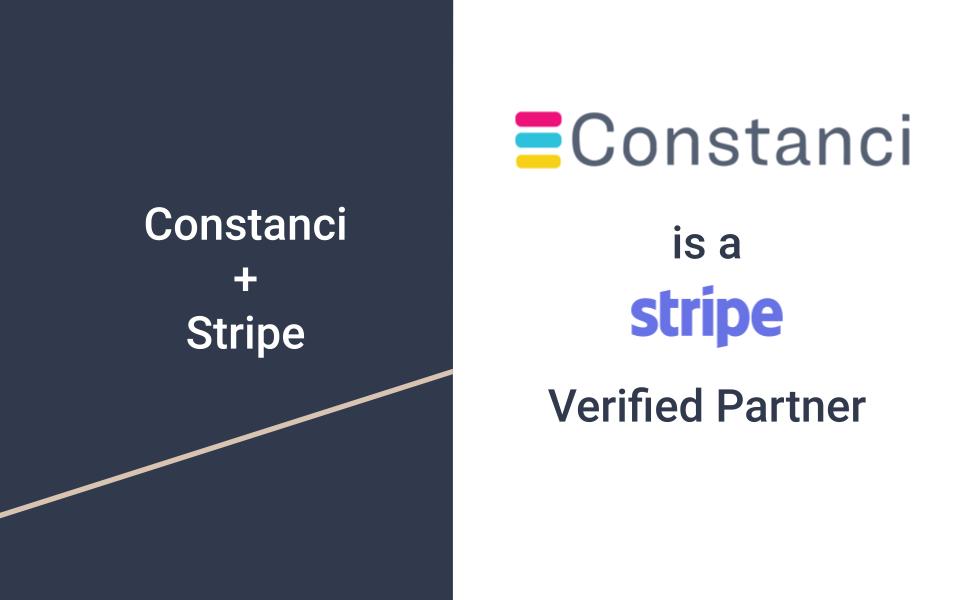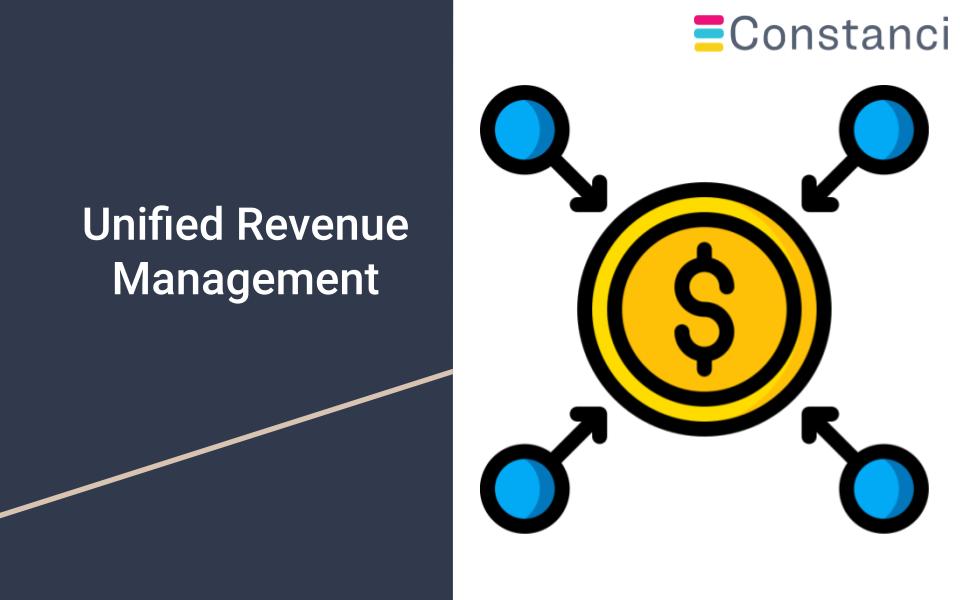
What is Revenue Recognition?
April 2021
Revenue Recognition is the process of converting cash from ‘bookings’ into ‘revenue’.
Revenue recognition is important for SaaS businesses because the business charges customers upfront for services usually for a longer period and those services will be delivered over a period of time. So, SaaS businesses have to track the money that flows in their account, and how much of it is actually recognized.
Most businesses report financial statements on an accrual accounting basis when revenues and expenses are recorded when they are earned, regardless of when the cash actually comes in or when expenses are incurred.
Let’s imagine that your SaaS Company, Synchrony Tech, provides educational tutoring to children. Your customers pay you $1200 upfront for an annual subscription, and every month you provide them customized tutoring. When do you recognize the revenue?
You would likely recognize only $100 of the revenue each month. Just because one of your customers paid you $1200 doesn’t mean you’ve earned the whole $1200. If for some reason you had to cancel someone’s subscription before the end of their contract, for example, you would owe that customer money.
Rules of Revenue Recognition has Changed
In 2014, the organization in charge of GAAP, the Financial Accounting Standards Board (FASB), announced they were establishing a new revenue recognition standard.
The new standard are called ASC 606. It’s meant to improve comparability between financial statements of companies that issue GAAP financial statements—so, in theory, investors can line up income statements and balance sheets from different businesses, and see how they perform relative to one another.
Under ASC 606, companies must go through a five step process to recognize revenue properly:
1. Identify the contract(s) with a customer.
A contract is an agreement between two or more parties that creates enforceable rights and obligations. Make sure that the agreement you sign with your customer spells out clearly what goods or services you’re delivering, and what the payment terms are for those goods or services.
2. Identify the performance obligations in the contract.
A performance obligation is a promise in a contract with a customer to transfer a good or service to the customer. If your contract contains more than one good or service, identify and separate them out.
For example, if your subscription tutoring delivery service also offers online lessons and customer support, make sure to not miss those when recognizing revenue. Remember things like discounts, refunds, credits, bonuses, incentives, etc.
3. Determine the transaction price.
Make sure the agreement you sign with your customer spells out clearly how much you’re charging them for all of the goods and services you’re delivering.
4. Allocate the transaction price to the performance obligations in the contract.
Break down the price of each individual good or service you’re delivering. If you don’t have an exact price for each good or service, estimate it.
5. Recognize revenue when (or as) the entity satisfies a performance obligation.
For each performance obligation, you should determine whether you have satisfied the performance obligation over time by transferring control of a good or service over time. Make sure to recognize revenue only after you’ve delivered each good or service you separated and priced out in steps 1-4.


